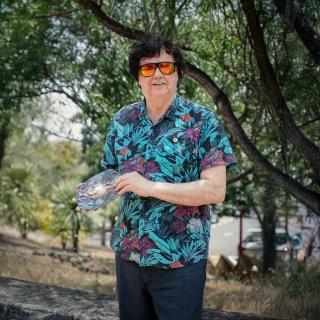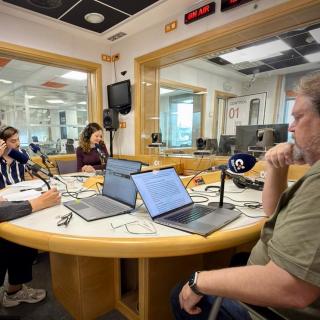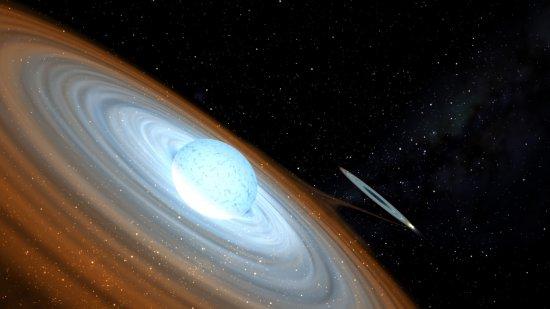It may interest you
-
 Next Friday, May 23, at 17:30, the Museum of Science and the Cosmos of Tenerife will host the popular science lecture "The James Webb Telescope: Highlights and Life Beyond Earth," delivered by the renowned British astronomer Martin Ward, Emeritus Temple Chevallier Professor of Astronomy at the University of Durham (UK) and Fellow of the Royal Astronomical Society . This event, organised as part of the European ExGal-Twin Project , will offer the public a unique opportunity to learn about the most significant advances made by the James Webb Space Telescope, the largest and most powerfulAdvertised on
Next Friday, May 23, at 17:30, the Museum of Science and the Cosmos of Tenerife will host the popular science lecture "The James Webb Telescope: Highlights and Life Beyond Earth," delivered by the renowned British astronomer Martin Ward, Emeritus Temple Chevallier Professor of Astronomy at the University of Durham (UK) and Fellow of the Royal Astronomical Society . This event, organised as part of the European ExGal-Twin Project , will offer the public a unique opportunity to learn about the most significant advances made by the James Webb Space Telescope, the largest and most powerfulAdvertised on -
 La Fundación” la Caixa” prosigue con su compromiso con el fomento de la investigación en España a través de sus distintas convocatorias de becas. Recientemente, ha concedido 100 becas de doctorado y posdoctorado para que investigadores de excelencia desarrollen sus proyectos en universidades y centros de España y Portugal. En este sentido, refuerza los lazos con el Instituto de Astrofísica de Canarias (IAC) que ha recibido a dos de las cien personas becadas en estas modalidades. A través de los programas INPhINIT, dirigido a personal doctorando, y Junior Leader, enfocado en la etapaAdvertised on
La Fundación” la Caixa” prosigue con su compromiso con el fomento de la investigación en España a través de sus distintas convocatorias de becas. Recientemente, ha concedido 100 becas de doctorado y posdoctorado para que investigadores de excelencia desarrollen sus proyectos en universidades y centros de España y Portugal. En este sentido, refuerza los lazos con el Instituto de Astrofísica de Canarias (IAC) que ha recibido a dos de las cien personas becadas en estas modalidades. A través de los programas INPhINIT, dirigido a personal doctorando, y Junior Leader, enfocado en la etapaAdvertised on -
 El programa de divulgación científica del Instituto de Astrofísica de Canarias (IAC) en La Radio Canaria, "Soñando Estrellas", emitirá su próximo episodio, este viernes, 28 de noviembre, a las 22:30 horas. El espacio, de 30 minutos de duración, está dirigido y presentado por Verónica Martín, jefa de la Unidad de Comunicación y Cultura Científica (UC3) del IAC. En este episodio la investigadora del IAC, Cristina Ramos Almeida, responderá a la pregunta de cómo nacen y crecen las galaxias y, especialmente, a cómo mueren. La investigadora, que recientemente recibió el Premio Mujer Tenías que SerAdvertised on
El programa de divulgación científica del Instituto de Astrofísica de Canarias (IAC) en La Radio Canaria, "Soñando Estrellas", emitirá su próximo episodio, este viernes, 28 de noviembre, a las 22:30 horas. El espacio, de 30 minutos de duración, está dirigido y presentado por Verónica Martín, jefa de la Unidad de Comunicación y Cultura Científica (UC3) del IAC. En este episodio la investigadora del IAC, Cristina Ramos Almeida, responderá a la pregunta de cómo nacen y crecen las galaxias y, especialmente, a cómo mueren. La investigadora, que recientemente recibió el Premio Mujer Tenías que SerAdvertised on
